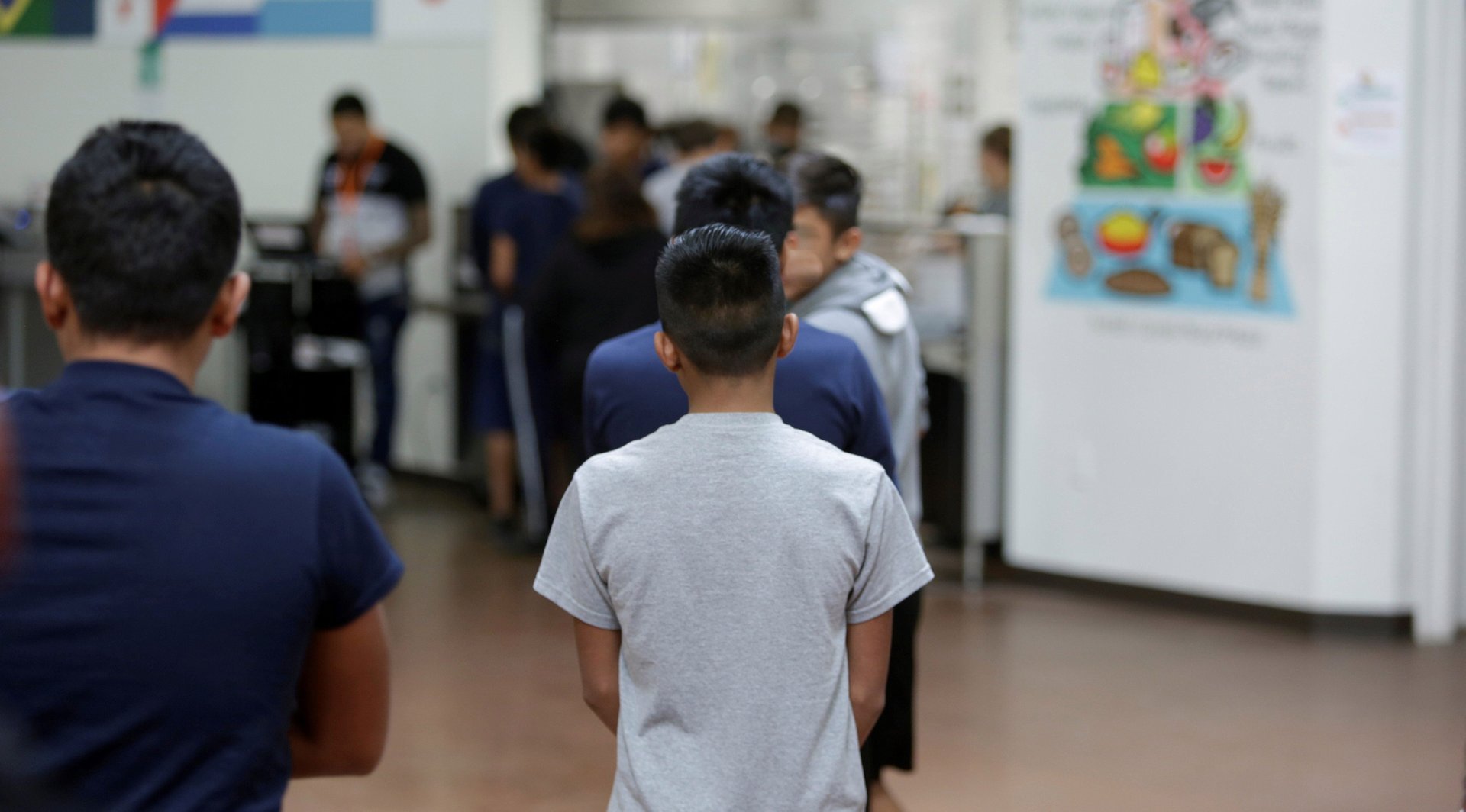The real language barrier between migrant children and the Americans detaining them
The US Department of Homeland Security has tried to assure the public that the migrant children it is detaining are well taken care of. “We provide food, medical, education and all the needs of the child,” DHS secretary Kirjsten Nielsen told the National Sheriff’s Association.


The US Department of Homeland Security has tried to assure the public that the migrant children it is detaining are well taken care of. “We provide food, medical, education and all the needs of the child,” DHS secretary Kirjsten Nielsen told the National Sheriff’s Association.
But many of these children will have trouble just communicating with those who are detaining them, let alone getting a good education. That’s because they often don’t speak Spanish—their mother tongues are instead indigenous languages, which DHS agents don’t speak nearly as well as they do Spanish.
Americans might assume that anyone trying to cross the US at its southern border is a Spanish speaker. Donald Trump seems to also think they are all Mexican; he rarely mentions Guatemala, Honduras, or El Salvador in discussions of immigration. Both of these assumptions are very wrong.
Official numbers are hard to come by, but one study (pdf, p. 8) found that almost 30% of families released from detention in Arizona, in the spring of 2015, spoke an indigenous language. That number was around 40% for families just from Guatemala, where over 20 Mayan and other indigenous languages are spoken. And Guatemala and its Central American neighbors are becoming larger sources of immigrants to the US than ever. From 2007 to 2015, the immigrant population from Guatemala went up 31%; the figures for Mexico dropped by 6%.
These numbers are in large part the result of the discrimination these indigenous groups face in Central America. Indigenous communities are targets for kidnapping and extortion. They are also poorer. In short, they have more reason to leave than their Spanish-speaking compatriots. Yet they are less educated, and thus have a harder time assimilating. The most recent census data shows over 7,500 speakers of Mayan languages living in the US. But 75% of those said they speak English “less than very well,” compared to just 43% for Spanish speakers.
DHS and its subsidiaries—like ICE and Customs and Border Protection—have long been aware of their communication problem with vast numbers of immigrants from indigenous groups. While ICE claims it offers services for some of these languages (pdf, p. 13), in 2015, then-director Sarah Saldaña said the agency was “looking for additional ways to better ensure access to counsel and address language access issues for speakers of indigenous languages.” It seems safe to assume that such efforts have not been given much importance since Donald Trump took office and instituted his “zero-tolerance” immigration policy.
Independent organizations providing support to migrant children are also realizing that they lack necessary language resources. A few—including RAICES, which has been the beneficiary of a major fundraising effort helped by none other than Mark Zuckerberg—have put out calls for translators proficient in these languages.
Sarah Stillman at The New Yorker tells the story of Pedro, an eight-year-old from Guatemala, whose father was separated from him last July. After his father was taken away, Pedro was left with immigration officers who could not communicate with him. “No immigration agents at the scene spoke Acateco, which is the child’s language,” Stillman writes.